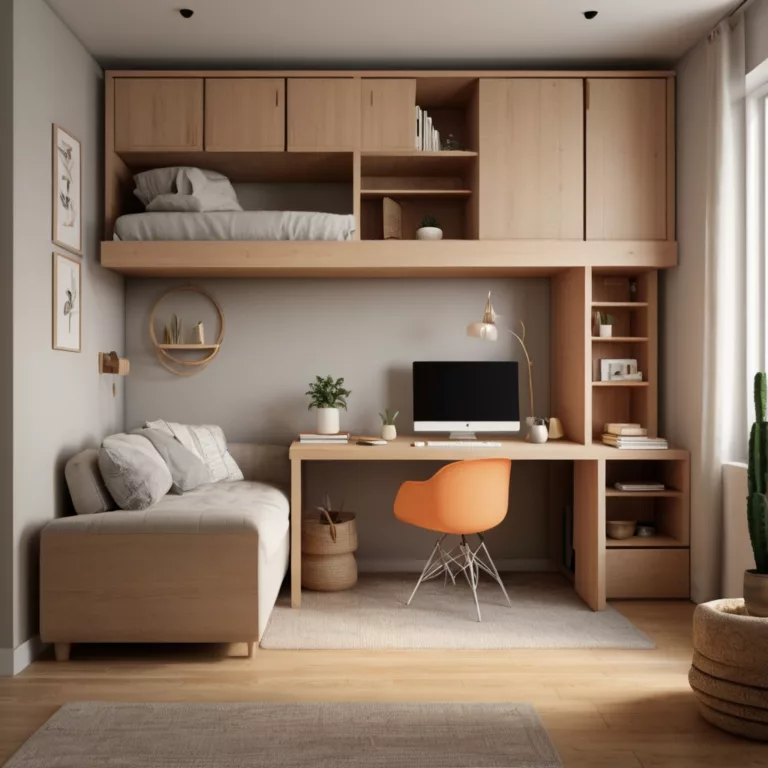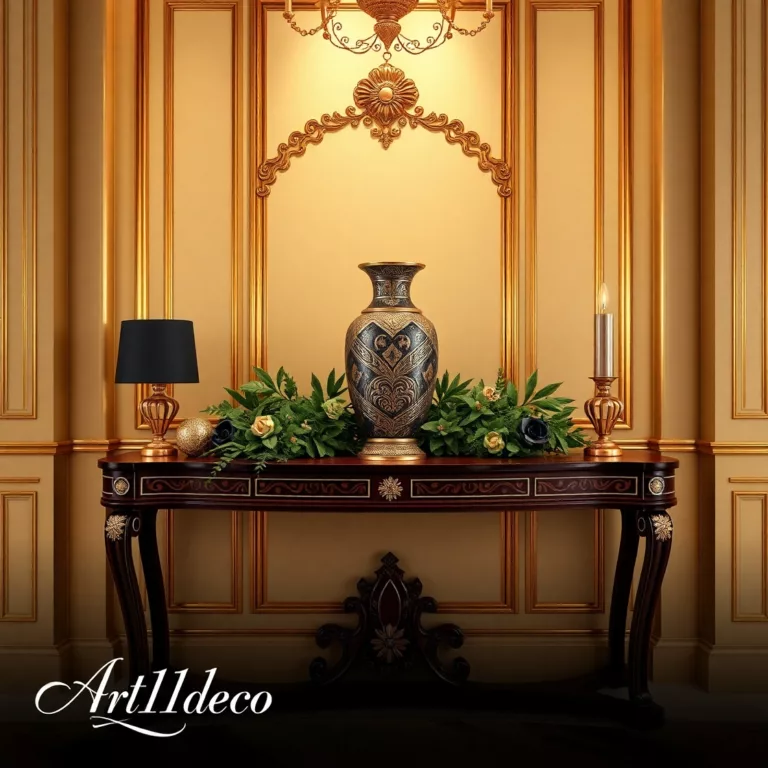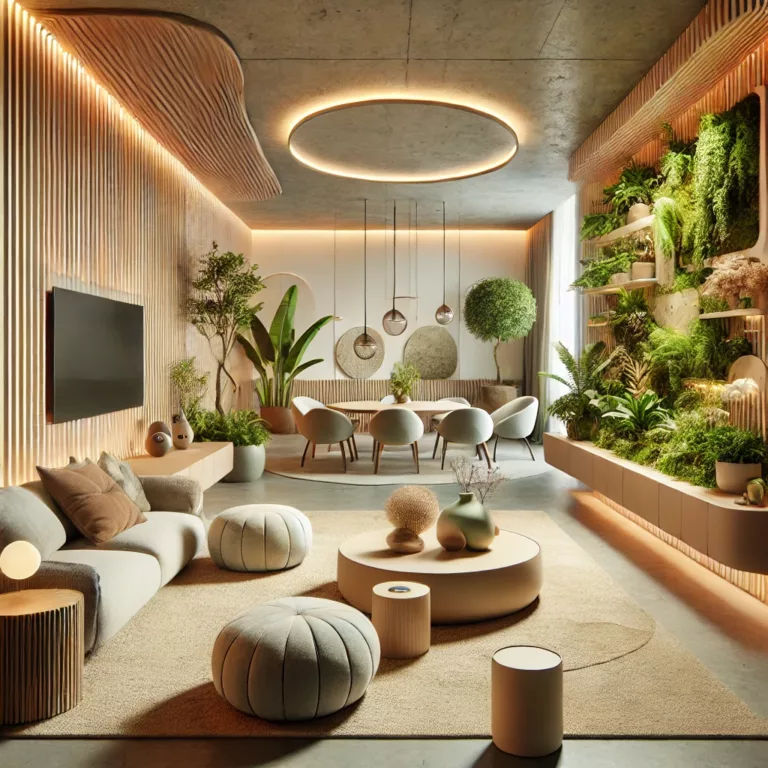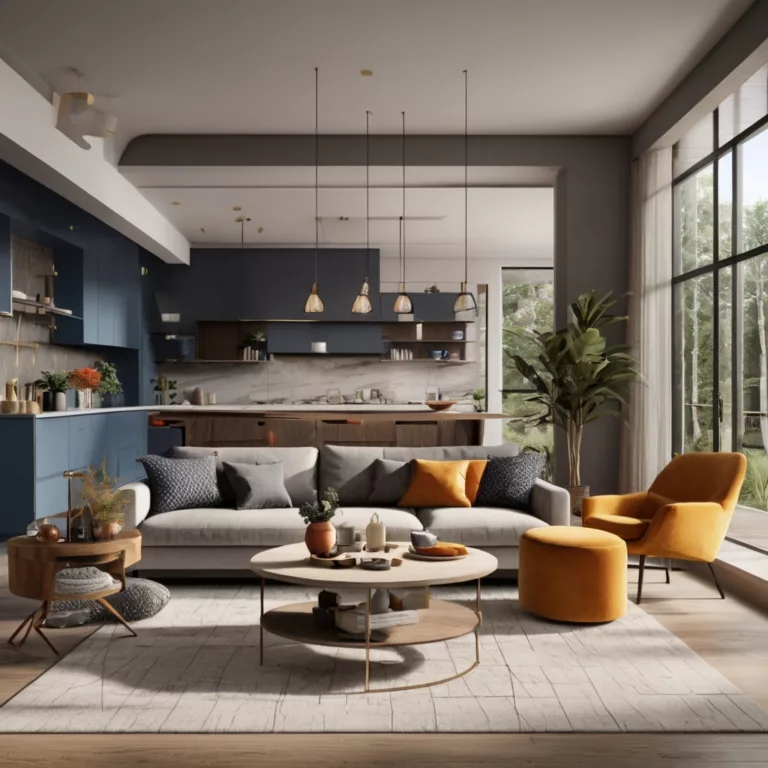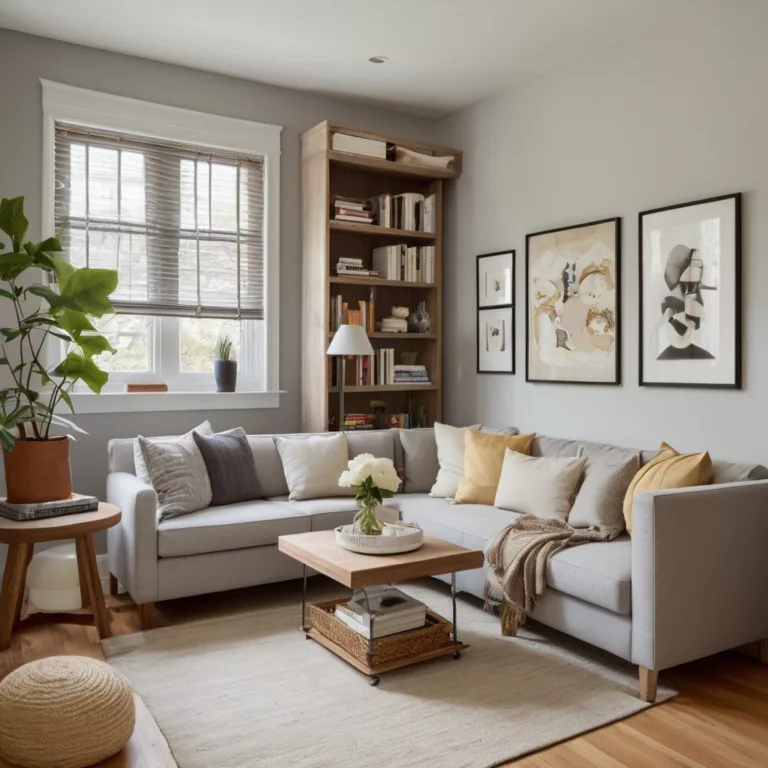How to Maximize Natural Light in a Dark Room
Introduction
Natural light is one of the most crucial elements in interior design, transforming a space into a bright, welcoming, and visually appealing environment. However, not all rooms receive ample sunlight, and dark interiors can feel small, uninviting, and even gloomy. At Art11deco, we believe that maximizing natural light is an art that combines clever design, strategic use of materials, and innovative techniques. In this comprehensive guide, we will explore the best ways to enhance natural light in a dark room, creating a more open, airy, and comfortable space.
1. Optimize Window Treatments
Windows are the primary source of natural light, and the right treatments can make a significant difference in how much light enters a room.
1.1 Choose Sheer Curtains or No Curtains at All
- Heavy drapes block light; instead, opt for sheer or lightweight fabrics.
- If privacy isn’t a concern, consider removing curtains entirely to allow maximum sunlight.
1.2 Use Light-Colored or Reflective Blinds
- White or neutral-colored blinds reflect light instead of absorbing it.
- Adjustable blinds allow control over how much light enters the room.
1.3 Install Floor-to-Ceiling Windows
- If possible, upgrading to larger windows increases the natural light intake.
- Sliding glass doors or French doors also help brighten a space.
2. Enhance Walls and Ceiling to Reflect Light
Dark walls absorb light, while lighter surfaces reflect it, making the space appear brighter.
2.1 Paint Walls in Light, Reflective Colors
- White, soft beige, pale gray, and pastel tones work best to maximize light.
- High-gloss or satin finishes reflect more light than matte finishes.
2.2 Use Glossy or Metallic Ceiling Finishes
- Painting ceilings a shade lighter than walls makes them appear higher.
- Reflective ceiling materials, such as lacquered paint or metallic wallpaper, enhance brightness.
2.3 Incorporate Mirrored or Glossy Panels
- A mirrored accent wall reflects light and creates an illusion of depth.
- Glossy wall panels or reflective tiles enhance brightness in dark spaces.
3. Smart Use of Mirrors and Reflective Surfaces
Mirrors are one of the best tools for enhancing natural light in any space.
3.1 Position Mirrors Opposite Windows
- This allows light to bounce deeper into the room.
- A large mirror or a mirrored gallery wall can significantly brighten a space.
3.2 Use Mirrored Furniture and Accessories
- Mirrored coffee tables, cabinets, and decor elements reflect light beautifully.
- Metallic accents, such as gold or silver, add an extra touch of brightness.
3.3 Install Glass or Glossy Tiles
- In kitchens and bathrooms, glossy subway tiles or glass mosaics reflect light and brighten up the space.
4. Maximize Floor and Furniture Choices
Your choice of flooring and furniture plays a crucial role in light distribution.
4.1 Opt for Light-Colored Flooring
- Whitewashed wood, light-colored tiles, or pale carpets make a room feel brighter.
- High-gloss flooring reflects light better than matte finishes.
4.2 Choose Minimalist and Light Furniture
- Dark, bulky furniture absorbs light and can make a room feel heavy.
- Opt for furniture in white, beige, or pastel tones to maintain a bright, airy feel.
4.3 Incorporate Glass and Acrylic Elements
- Glass coffee tables, acrylic chairs, and translucent materials allow light to pass through and create an open look.
5. Improve Artificial Lighting to Complement Natural Light
Enhancing natural light also involves using artificial lighting strategically.
5.1 Layered Lighting for a Balanced Effect
- Combine ambient, task, and accent lighting to mimic natural daylight.
- Use LED bulbs with a daylight or soft white tone.
5.2 Install Recessed or Indirect Lighting
- Cove lighting or LED strips create a soft glow, making the space feel brighter.
- Under-cabinet lighting in kitchens enhances brightness without adding clutter.
5.3 Use Transparent or Light-Colored Lampshades
- Avoid dark lampshades that block light; opt for white, beige, or frosted glass shades.
6. Declutter and Open Up the Space
A cluttered space feels darker and smaller, reducing the impact of natural light.
6.1 Adopt a Minimalist Approach
- Fewer furniture pieces allow light to travel freely.
- Open shelving instead of closed cabinets helps maintain an airy feel.
6.2 Keep Windows Unobstructed
- Avoid placing large furniture in front of windows.
- Use low-profile seating or transparent furniture near windows.
6.3 Organize and Use Hidden Storage Solutions
- Store excess items in built-in storage to maintain a clean, open look.
- Choose multi-functional furniture to reduce clutter.
7. Incorporate Natural Elements for a Bright Atmosphere
Adding natural elements can enhance the perception of light and create a lively space.
7.1 Indoor Plants That Thrive in Low Light
- Certain plants, such as snake plants and pothos, brighten a room without requiring direct sunlight.
- Large leafy plants near windows can filter light beautifully.
7.2 Water Features and Glass Decor
- A small indoor water fountain can reflect light and add a dynamic element.
- Glass vases, crystal chandeliers, and translucent decor pieces enhance brightness.
8. Architectural Changes for Maximum Light
If renovation is an option, structural changes can make a dramatic impact.
8.1 Install Skylights or Sun Tunnels
- Skylights bring in overhead natural light, brightening the entire space.
- Sun tunnels are great alternatives for windowless areas, such as hallways or bathrooms.
8.2 Open Up Walls and Use Glass Partitions
- Removing unnecessary walls between rooms allows light to travel further.
- Glass partitions instead of solid walls maintain separation while maximizing light flow.
8.3 Use Light-Colored and Reflective Exterior Materials
- If the exterior of your home is dark, repainting it with a lighter color can enhance light reflection into your interiors.
Conclusion
At Art11deco, we understand the importance of creating bright, inviting spaces that feel open and harmonious. Maximizing natural light in a dark room requires a combination of strategic design choices, smart material selection, and minimalistic organization. By implementing these expert tips—ranging from optimizing window treatments to choosing reflective surfaces and light-colored furnishings—you can transform any dim space into a well-lit, vibrant sanctuary. Whether you’re redesigning a single room or an entire home, embracing these techniques will help you make the most of natural light and create a stunning, luminous interior.
If you found this guide helpful, visit Art11deco for more professional interior design insights and inspiration!


